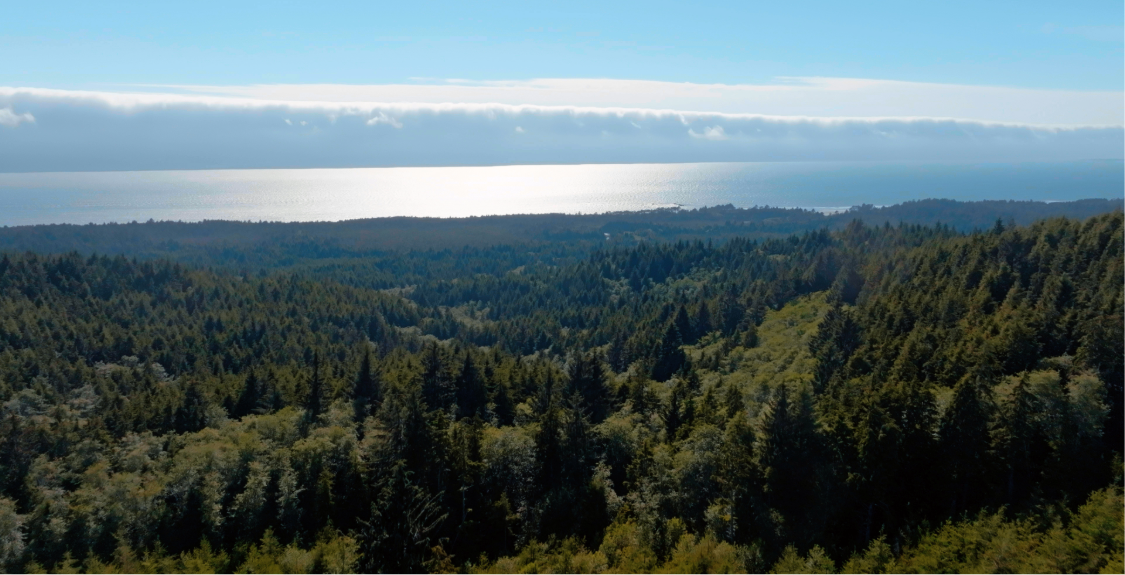AFM NEWS
Timberland Investment Trends & Opportunities for 2025

By Brent Keefer (CEO), Chris Miller (Managing Director of Real Estate Services), Dennis Dart (Managing Director, Western Operations), and Jennifer Hunt (Content Writer)
As we approach the third month of 2025, we take this opportunity to analyze key timberland investment market trends, assess investor sentiment, and explore the landscape-shaping opportunities for the year ahead. Whether representing sellers or buyers, AFM participates in many large-scale timberland transactions across the country. We are the only provider with boots on the ground in all the major timber-producing regions of the United States, offering firsthand knowledge to our clients. Our focus is largely centered around land markets in the Pacific Northwest (PNW) and Southeast, as both geographical areas have demonstrated strong activity and competitiveness.
In the PNW, the timberland market remains strong, and market dynamics are favorable despite challenges in several regions. Fire-prone regions like the east side of the Cascades are undergoing increased scrutiny due to perceived risks, but investors are evaluating the land for other purposes, including multi-use properties for recreation, hunting, ranching, and carbon storage. These pose attractive alternatives to timber markets on the eastern side of the Cascades, especially in the wake of a maturing carbon cap and trade market in Washington similar to what is utilized in California.
Public and off-market transactions reveal premiums are being paid for properties with access to strong timber markets, regardless of the presence of conservation easements or less-than-ideal timberland conditions. Western Washington and Western Oregon are highly desired by timberland investors thanks to site productivity, high precipitation, and proximity to sawmills and viable log markets. West Coast export markets ship logs to Japan, China, and Korea, which maintains a healthy market tension with domestic sawmills bringing value-added returns to private landowners. Softened log prices and sawmill closures since 2021-2022 highs have not cured the optimism of the forecasted recovery, as demonstrated by private land values outpacing log market recovery. With diminishing public land harvest levels, private timber plays an increasingly important role in the supply for local sawmills, driving log and land values higher. The PNW is still widely considered a premier geography for timberland investing due to its robust markets and diversity of landscapes.
Similarly, the timberland market in the U.S. South is robust, and the appetite for timber investments has been strong across all buyer types, including local and regional buyers, traditional market participants (TIMOs and REITs), integrated forest product companies, and conservation organizations. Demand for Grade A properties (high convertibility, strong markets, productive soils) remains solid, solidifying the U.S. South as the most sought-after geography in the country. The South has had limited purchaser opportunities for the last few years, with only a few of scale being offered, and the typical offering is less than 20,000 acres. Even though these property offerings have been “bite-sized” by some accounts, AFM observed record participation in the offerings we administered. Investment managers express strong interest in the US South for their clients. Successful transactions must look beyond traditional timberland outputs and require buyers to evaluate every potential opportunity for income, including solar, wind, data centers, carbon storage, conservation and species diversity, mitigation, and higher-use tract sales. An area of recent concern has been the indefinite closure of multiple pulp mills across the US, including many in the South. These closures decrease income potential and make forest management more difficult in certain regions of the US. While there is optimism for some replacement of this lost capacity, it may take years for those opportunities to be realized.
The timberland investment market continues to present strong opportunities across key regions. Investors who take a comprehensive approach—considering alternative revenue streams like carbon storage, conservation, and renewable energy—are well-positioned for success. With AFM’s deep market expertise and national presence, we remain committed to helping clients capitalize on emerging opportunities and make informed, strategic investment decisions in the evolving landscape.
